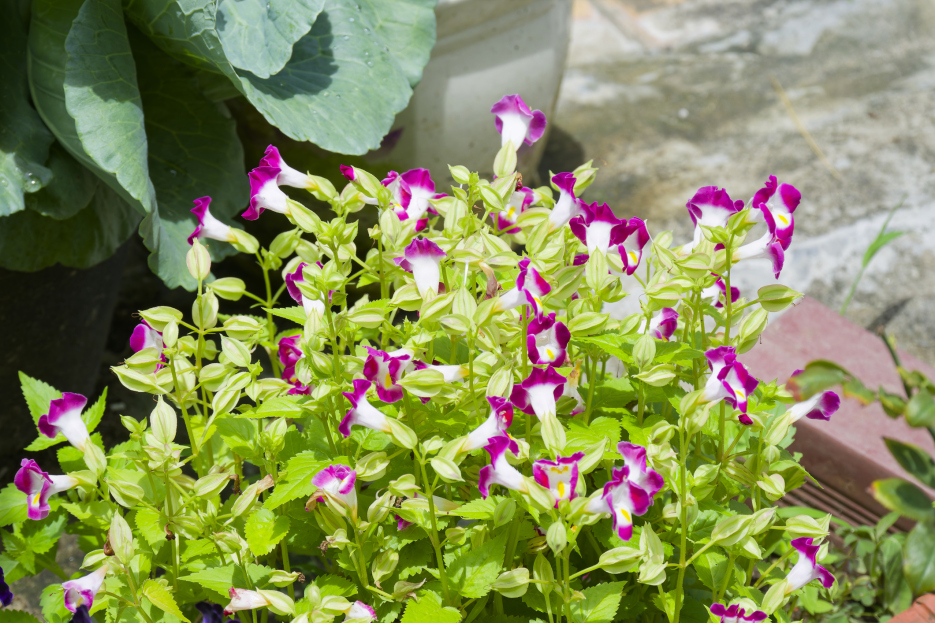
Looking to brighten up a shady garden corner or hanging basket with cheerful blooms? Meet Torenia, commonly called the wishbone flower. This charming annual features trumpet-shaped flowers in shades of violet, blue, pink, yellow, and white—often with contrasting throats that give them a pansy-like appeal.
Torenia is named for the tiny “wishbone” structure formed by its stamens inside each bloom—a whimsical detail that adds to its charm. Beyond its good looks, Torenia is heat-tolerant, shade-loving, and attracts pollinators like bees and hummingbirds. It’s an easygoing plant that brings vibrant color to places many sun-loving flowers can’t.
Torenia thrives in partial to full shade, making it perfect for gardens or containers that don't get much direct sun. While it can tolerate some morning sun, too much intense sunlight—especially in hot climates—can cause stress and leaf scorch.
For lush growth and abundant blooms, aim for bright, filtered light or a spot with dappled sun.
Torenia prefers evenly moist soil. Water regularly to keep the soil consistently damp but not soggy. In containers and hanging baskets, you may need to water daily during hot spells.
Allowing the plant to dry out can cause it to wilt or stop blooming, so monitor moisture levels closely, especially in midsummer.
Plant Torenia in rich, well-draining soil with plenty of organic matter. A peat-based potting mix with good aeration works well for container gardening.
Good drainage is key to preventing root rot—whether in the ground or pots.
Feed Torenia every 2–3 weeks with a balanced, water-soluble fertilizer to promote continuous blooming. In nutrient-rich garden beds, feeding may be needed less often, but container-grown plants benefit from regular fertilizing.
Avoid overfeeding, which can encourage too much leafy growth at the expense of flowers.
Torenia prefers warm, humid weather and grows best when temperatures stay between 60–75°F (16–24°C). It is sensitive to cold and should only be planted outdoors after the danger of frost has passed.
While often grown as an annual, Torenia can act as a tender perennial in USDA zones 10–11.
Torenia is naturally compact and doesn’t require much pruning. However, deadheading (removing spent flowers) can encourage more blooms and keep the plant looking tidy. If it becomes leggy mid-season, lightly trim it back to encourage bushier growth.
Regular maintenance helps extend blooming from spring through fall.
Torenia is relatively pest-resistant, but can occasionally be affected by aphids, whiteflies, or fungal issues like powdery mildew in overly humid or crowded conditions.
Ensure good air circulation, avoid wetting the foliage, and treat any pests early with insecticidal soap if needed.
Torenia is considered non-toxic to pets, making it a safe and colorful option for pet-friendly gardens and patios.